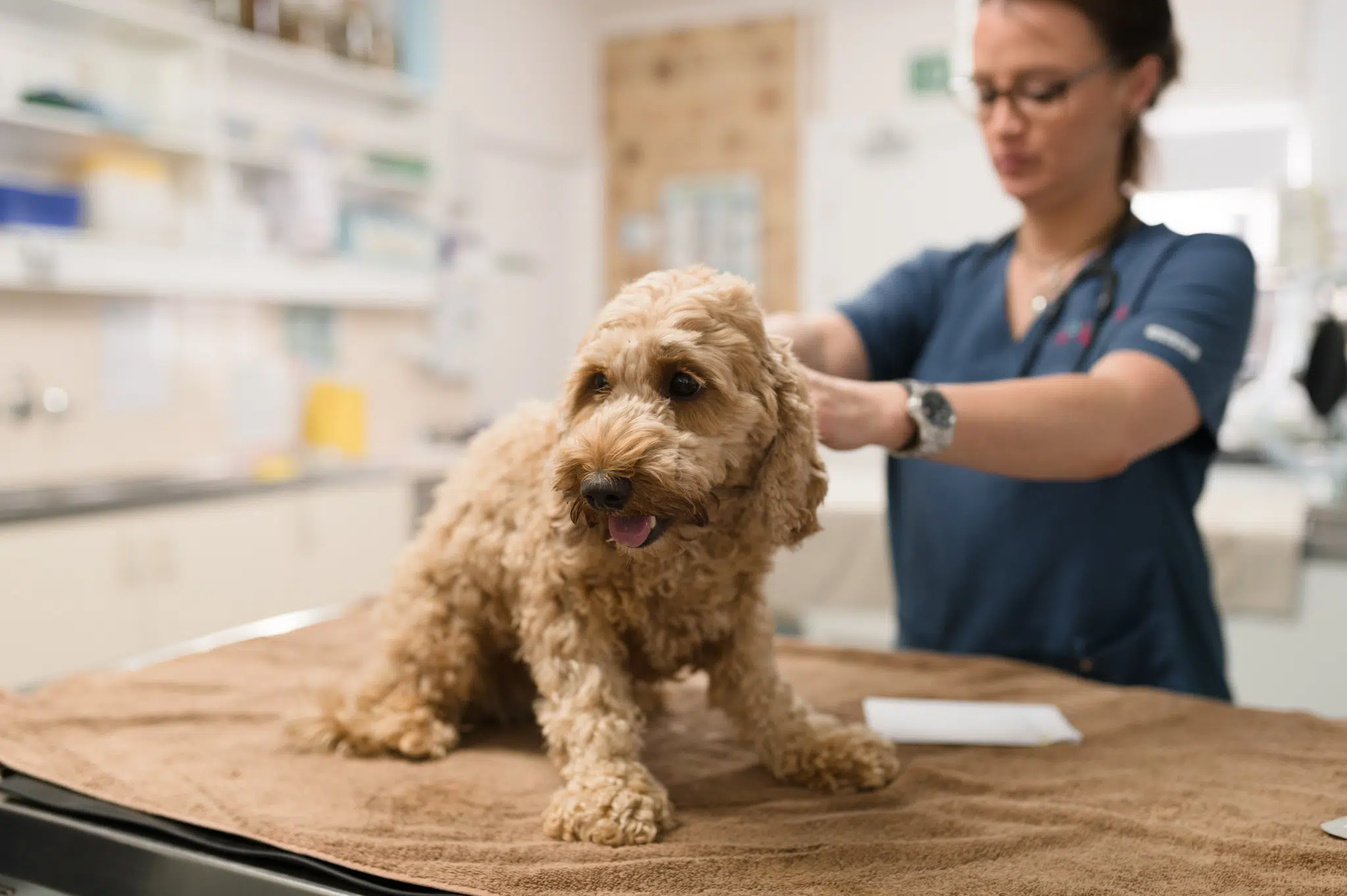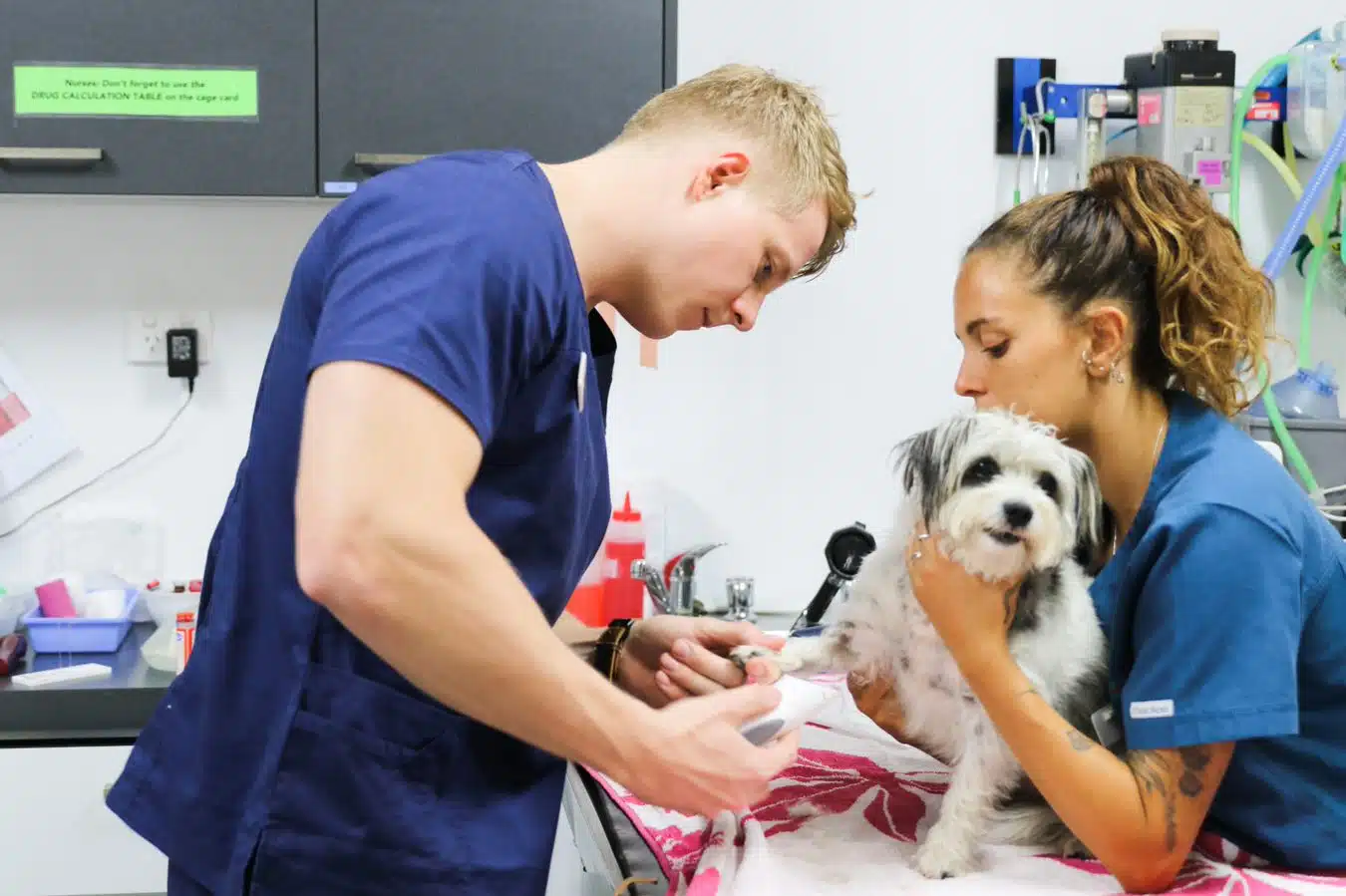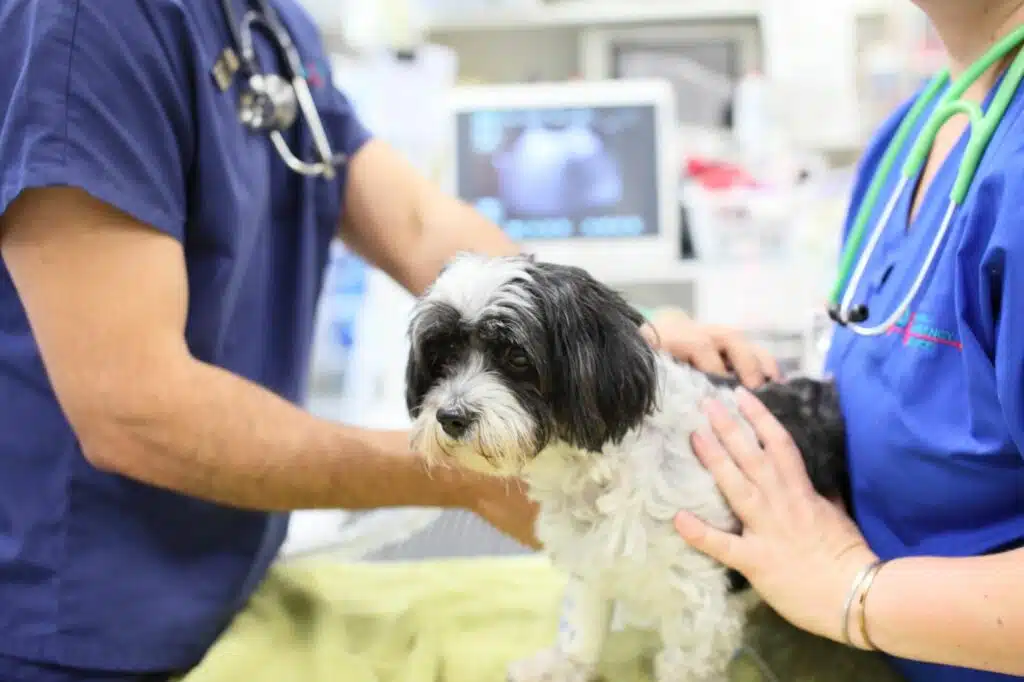This has led to a perfect storm for vet clinics which are now struggling under the weight of increasing numbers of pets and not enough new graduates to meet the demand. We’ll explore what vet shortages are, what’s happening in New Zealand and how it relates to Australia’s vet shortage.
How did the vet shortage develop?
A vet shortage is a tough situation that arises when the number of veterinarians needed to meet consumer demand for animal care exceeds the available pool of veterinary professionals and willing new graduates at one time. This means there are not enough vets to treat all animals in your country or area.
Over the last decade, vet supply began to be chronically outpaced by rising vet demand caused by escalating pet ownership. In New Zealand, vet demand increased 11% annually between 2005 and 2014, whereas vet supply only rose 2% per year in that time. The 2006 Veterinary Council of New Zealand census found over 300 licensed practitioners working as veterinarians in New Zealand, where currently only around 198 are active practitioners.
What’s happening in New Zealand?
Pet ownership often increases during times of turmoil as people find comfort and a sense of control in having their pets around. During the pandemic Kiwis are continuing to take on pets as they consider them good companions and additions to the family. It’s also likely that pet ownership increased significantly during the pandemic as pets can be a source of emotional support.
In New Zealand, microchip registrations (a good indication of pet ownership) had increased 35% in the first six months of 2021 compared to the same period last year. With dog ownership increasing by 30% and cat ownership increasing by 40%. has just over 1,500 vets for 4 million people and about 5.5 million dogs and cats – up from 3.8 million pet animals five years ago, according to data from the Ministry for Primary Industries (MPI). This means that there is one vet per 8,000 pets – which could lead to difficulties when it comes to treating illnesses or emergencies.
“We’re seeing an unprecedented number of dogs and cats in New Zealand, which is creating its own problems for vet practices and animal welfare agencies,” Matt Cull, manager of community engagement at the Royal New Zealand Society for the Prevention of Cruelty to Animals (SPCA) told stuff.co.nz. “It’s a bit of a perfect storm.”
How is it relevant to Australia?
Australia has had a vet shortage since 2013, with vet clinics facing vet shortages and supply not keeping pace with vet demand. It’s reported that the availability of vet services is having an adverse effect on companion animal welfare, pet owner satisfaction and farm production. Increased caution shown by vet clinics in employing new veterinary graduates may be contributing to the issue as some have suggested that more vet graduate intakes need to be produced in order to alleviate vet shortages for both rural and urban areas.
The US has been working with state veterinary medical boards on incentives for veterinary schools to expand their class sizes. This seems like an obvious solution – if there aren’t enough vet graduates for all the jobs, then increase vet school intakes to meet demand. Increasing vet school enrolments is a gradual process however; it takes time to recruit new prospective students and vet educators while vet schools may not want to increase intake if they’re unsure that they will be able to offer jobs.
However, it’s also possible that increasing numbers of veterinary graduates won’t instantly address the issue if vet clinics aren’t increasing their vet supply at the same rate.
Is there a solution to the vet shortage?
The Australian Veterinary Association has provided additional insights into how Australia can address vet shortages and grow its vet graduate workforce. They suggest that vet courses need to be broadened so as to provide graduates with a solid base for clinical practice, but also give them skills in business management and other areas that will make them more employable.
Other suggestions include requiring university vet schools to develop pathways connecting veterinary science students with undergraduate programs relevant to agriculture and primary industries or health sectors. We’ve also put together our thoughts on what you can do to help and how we can overcome the challenges of the vet shortage.
Summary
If vet clinics don’t increase the number of vets at the same rate as demand, vet shortages are likely to occur. In order to meet existing demand and prevent future vet shortage issues, it is important that we encourage more vet graduate intakes in veterinary schools across Australia. We can’t stop there. We need to provide jobs, support and mentoring to graduates and make the benefits of careers in veterinary medicine well known.
At Animal Emergency Australia we support our people to provide the best vet care possible, that’s why we’re here to make a difference in the veterinary profession. If you’d like to find out how you can help the vet shortage, read our article on The Veterinary Shortage (and what you can do to help).





